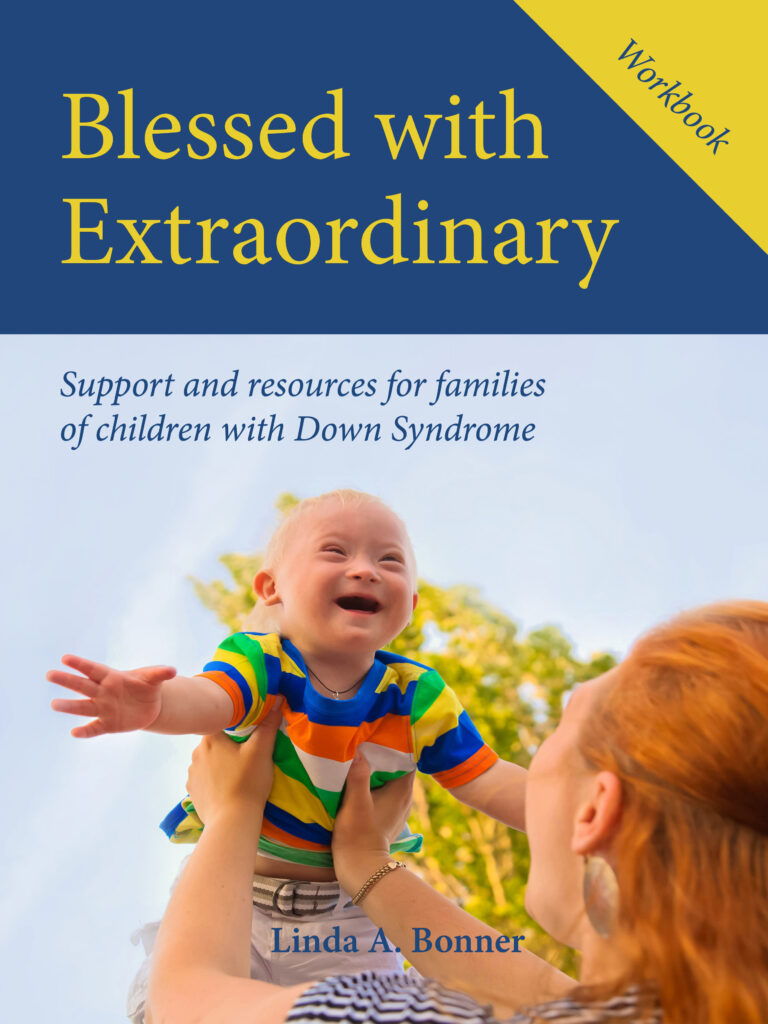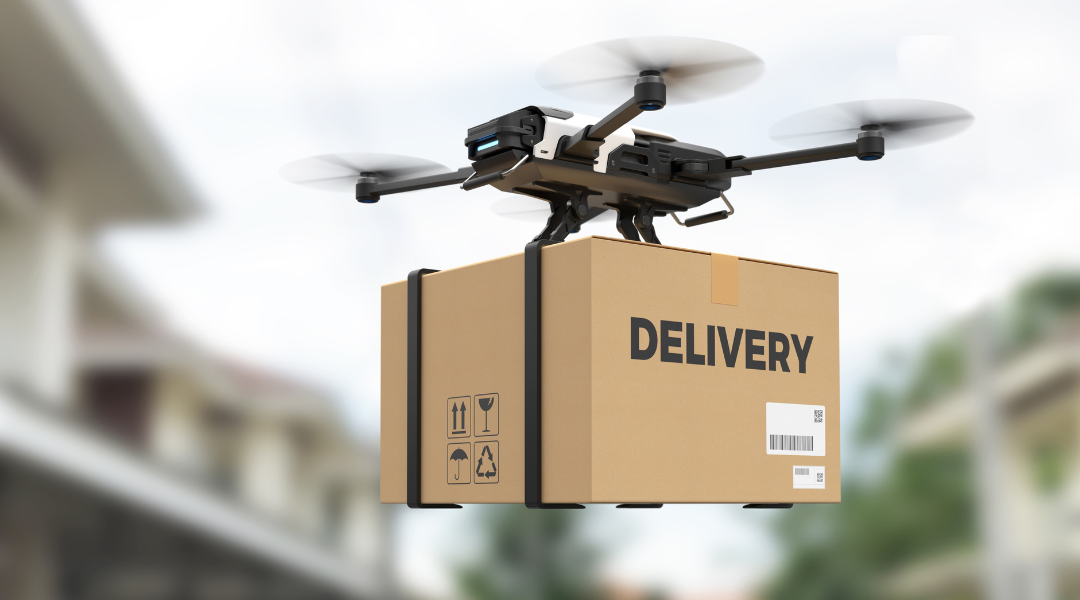Utilizing Technology and Disability Registries
Children and adults with cognitive, developmental, and intellectual disabilities may need extra support in the event of an emergency. In addition to their disability, they may also have communication challenges that make it difficult to connect with others. Here are some options for you to consider for keeping your loved ones safe and secure.
“ICE” (In Case of Emergency) Contacts
This program was conceived in the mid 2000’s by a British paramedic and became popular in the US around 2006.
This simple yet effective program involves adding emergency contact information to your loved one’s phone under the name “ICE”. This gives first responders quick access to who to call in an emergency.
Medical ID Jewelry
Medical ID bracelets, necklaces, and even attachments for smartwatch straps are another way to provide critical information to first responders. Some companies offer national registries with QR codes that give access to detailed medical and personal information. You can update and change information online in real time.
The goal of medical ID jewelry is to make sure your child always has some form of ID on them. If they can’t wear jewelry, have them carry a STATE ID card or other form of identification. You can also by clothing stamps and mark all their items with this information.
Register with Your Local Police Department (Special Needs Registry)
Many police departments now have voluntary databases for individuals with disabilities. These registries allow you, as a caregiver, to provide important information like:
– Emergency contacts
– Medications
– Potential triggers
– Communication preferences
This helps officers provide the best care and support for those with disabilities during an emergency or when they need support.
If a local police department doesn’t have a formal registry, some still allow residents to provide disability information in other ways, like notes attached to addresses in their dispatch systems.
Check with your local Police Department or County Office to get started.
National Special Needs Registry (NSNR)
Also known as the “Take Me Home” program, this is a free, voluntary nationwide database that allows parents and caregivers to register their loved one. This database includes information such as:
- emergency contact
- physical descriptions
- medical details
Like the local police department registries, it allows police and other first responders nationwide to assist people with disabilities in emergencies and interactions based on their needs and abilities.
Other Considerations
Here are some additional steps you can take to keep children safe in case of an emergency.
- Create an Emergency Plan
- Develop a family emergency plan that includes evacuation routes, meeting places, and emergency contact informationPractice the plan with your child so they know what to do
- Establish two meet-up locations – one close to home and one farther away in case the immediate area is unsafe
- Teach Important Safety Skills
- Practice emergency procedures adapted to your child’s needs and abilities
- Teach them how to use 911 if applicable
- Help them understand how to identify trusted adults
- Prepare Emergency Supplies
- Put together an emergency kit with 3 days of supplies for each family member making sure to include medications, assistive devices, first aid and comfort items.
Putting some of these options into action will not only safeguard your loved one with a disability, but it will also give you peace of mind. By taking these actions, you are one step closer to building an ideal life plan for your child.















